 Faulkner County Sheriff Monument
Faulkner County Sheriff Monument
Entry Type: Thing
 Faulkner County Sheriff Monument
Faulkner County Sheriff Monument
Faulkner County Courthouse
 Faulkner County Map
Faulkner County Map
Faulkner County Museum
 The Favored Strawberry
The Favored Strawberry
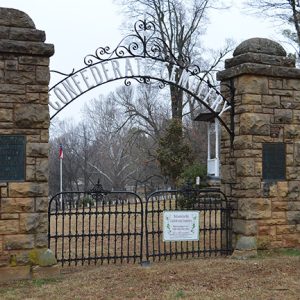 Fayetteville Confederate Cemetery
Fayetteville Confederate Cemetery
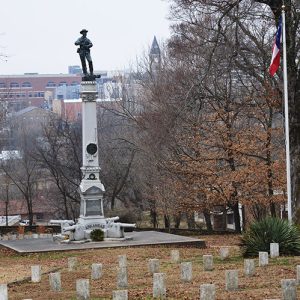 Fayetteville Confederate Cemetery Monument
Fayetteville Confederate Cemetery Monument
Fayetteville Confederate Cemetery
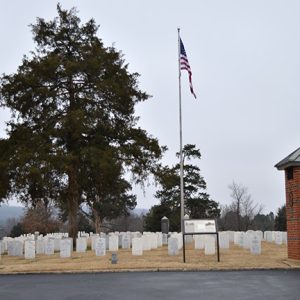 Fayetteville National Cemetery
Fayetteville National Cemetery
 Fayetteville National Cemetery
Fayetteville National Cemetery
 "Fayetteville Polka"
"Fayetteville Polka"
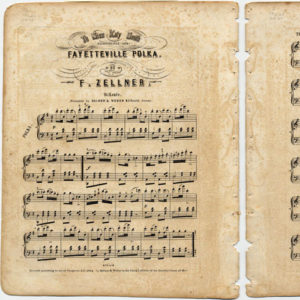 "Fayetteville Polka" Sheet Music
"Fayetteville Polka" Sheet Music
Fayetteville Polka
Fayetteville Shale
 Fayetteville Shale Rig No. 33
Fayetteville Shale Rig No. 33
 Federal Writers' Project Booth
Federal Writers' Project Booth
Feltner’s Whatta-Burger
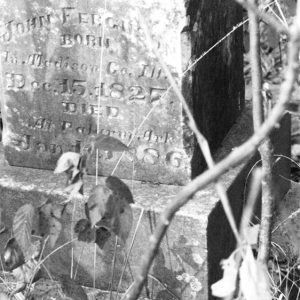 Ferguson Grave
Ferguson Grave
Ferguson House (Pine Bluff)
Ferns
Festivals and Parades
 "Fever," Performed by "Little Willie" John
"Fever," Performed by "Little Willie" John
Ficklin-Imboden Log House
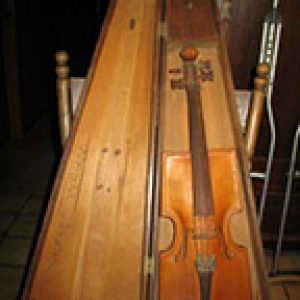 Fiddle and Case
Fiddle and Case
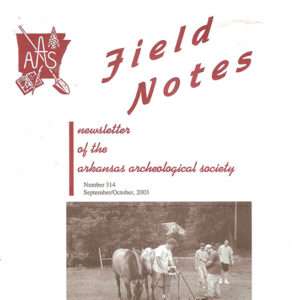 Field Notes
Field Notes
Fielder House
Fighting Mad
Finer Points of Sausage Dogs, The
 The Finer Points of Sausage Dogs
The Finer Points of Sausage Dogs
 Fire Ant Stings
Fire Ant Stings
 Fire Ants
Fire Ants
 Fire House Santa
Fire House Santa
 Fire Plow
Fire Plow
 Fire Tower
Fire Tower
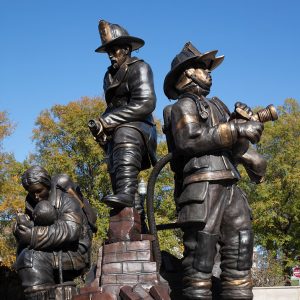 Firefighters Memorial
Firefighters Memorial
First Christian Church (Lonoke)
First Hotze House
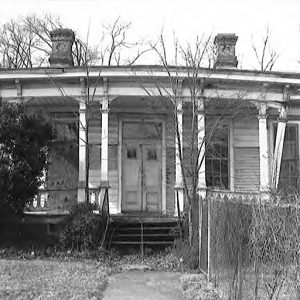 First Hotze House
First Hotze House
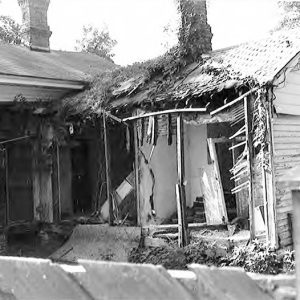 First Hotze House
First Hotze House
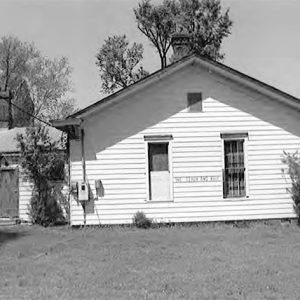 First Hotze House
First Hotze House
 First Infantry Battle Flag
First Infantry Battle Flag
 First Lady Gown
First Lady Gown
First Presbyterian Church (Fordyce)
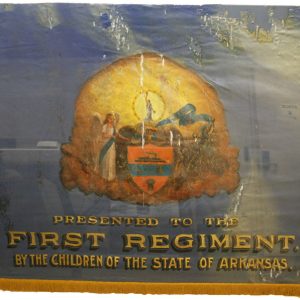 First Regiment Flag
First Regiment Flag
First Security Bank
First United Methodist Church (Fordyce)
Fish
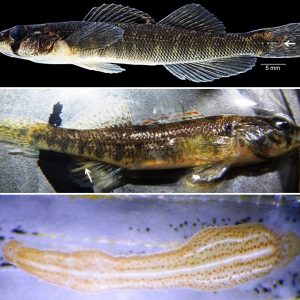 Fish Leeches
Fish Leeches
Fishback School
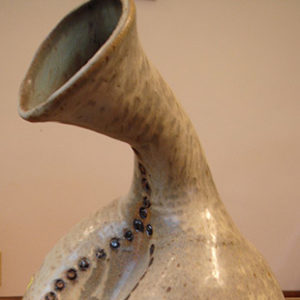 Fisher Bent-Neck Jug
Fisher Bent-Neck Jug




